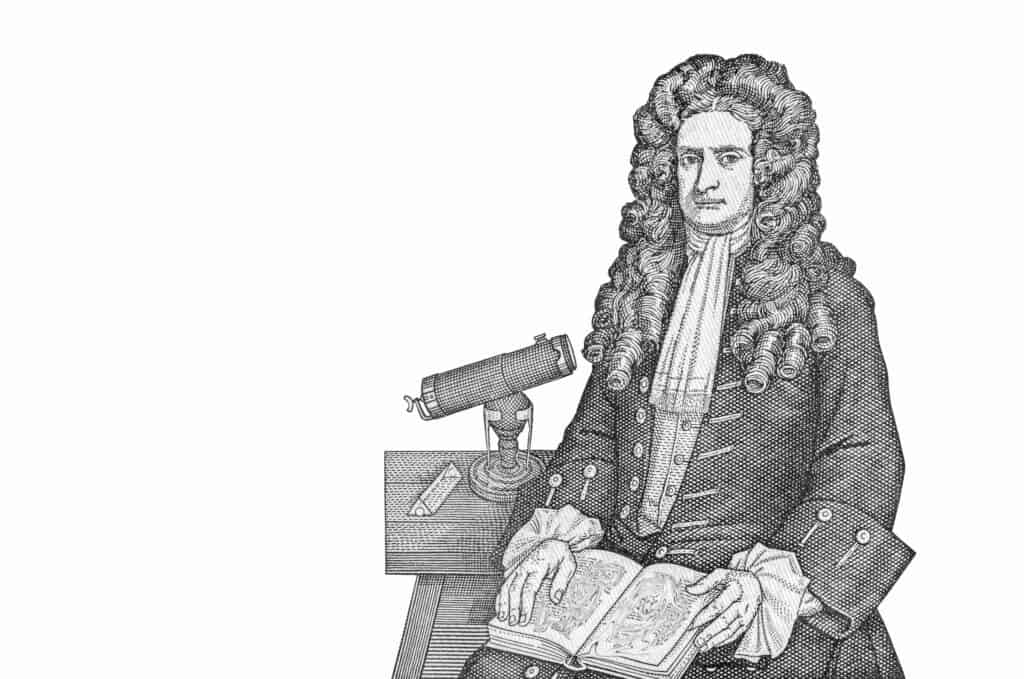

Newton was also an ardent student of history and religious doctrines, and his writings on those subjects were compiled into multiple books that were published posthumously. Newton had developed his concept of “fluxions” (differentials) in the mid 1660s to account for celestial orbits, though there was no public record of his work. Isaac Newton: Founder of Calculus?Īround this time, the debate over Newton’s claims to originating the field of calculus exploded into a nasty dispute. In 1705, he was knighted by Queen Anne of England. The death of Hooke in 1703 allowed Newton to take over as president of the Royal Society, and the following year he published his second major work, “Opticks.” Composed largely from his earlier notes on the subject, the book detailed Newton’s painstaking experiments with refraction and the color spectrum, closing with his ruminations on such matters as energy and electricity. Determined to prove his position wasn’t merely symbolic, Newton moved the pound sterling from the silver to the gold standard and sought to punish counterfeiters. Newton moved to London permanently after being named warden of the Royal Mint in 1696, earning a promotion to master of the Mint three years later. Newton’s three laws of motion state that (1) Every object in a state of uniform motion will remain in that state of motion unless an external force acts on it (2) Force equals mass times acceleration: F=MA and (3) For every action there is an equal and opposite reaction.

The result was the 1687 publication of “Philosophiae Naturalis Principia Mathematica” (Mathematical Principles of Natural Philosophy), which established the three laws of motion and the law of universal gravity. Upon learning that Newton had mathematically worked out the elliptical paths of celestial bodies, Halley urged him to organize his notes.

In 1684, English astronomer Edmund Halley paid a visit to the secluded Newton. In the following years, he returned to his earlier studies on the forces governing gravity and dabbled in alchemy. Known for his temperamental defense of his work, Newton engaged in heated correspondence with Hooke before suffering a nervous breakdown and withdrawing from the public eye in 1678. His methods drew sharp rebuke from established Society member Robert Hooke, who was unsparing again with Newton’s follow-up paper in 1675. Through his experiments with refraction, Newton determined that white light was a composite of all the colors on the spectrum, and he asserted that light was composed of particles instead of waves. Asked to give a demonstration of his telescope to the Royal Society of London in 1671, he was elected to the Royal Society the following year and published his notes on optics for his peers. He constructed the first reflecting telescope in 1668, and the following year he received his Master of Arts degree and took over as Cambridge’s Lucasian Professor of Mathematics. Newton returned to Cambridge in 1667 and was elected a minor fellow.

Isaac Newton’s Telescope and Studies on Light When the Great Plague shuttered Cambridge in 1665, Newton returned home and began formulating his theories on calculus, light and color, his farm the setting for the supposed falling apple that inspired his work on gravity. Newton studied a classical curriculum at Cambridge, but he became fascinated by the works of modern philosophers such as René Descartes, even devoting a set of notes to his outside readings he titled “Quaestiones Quaedam Philosophicae” (“Certain Philosophical Questions”).


 0 kommentar(er)
0 kommentar(er)
